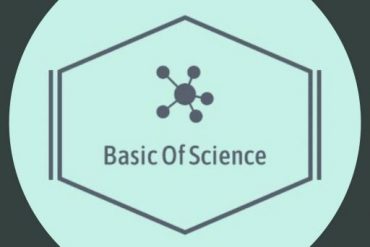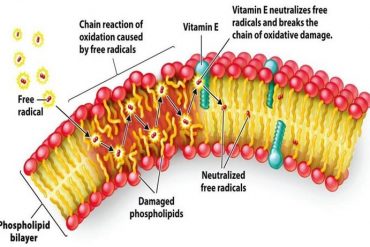Ozone or trioxygen Chemical formula- O3 Molar mass- 47.997 g·mol−1 Melting Point = −192.2 °C; −313.9 °F; 81.0 K Ozone is a pale blue gas with a distinct pungent odor. Ozone breaks down in the lower atmosphere O2 (dioxide). Ozone is formed from dioxygen within the Earth’s atmosphere due to ultraviolet light (UV) and electricity. Ozone…
Ribosome : What Are Ribosomes? – Definition, Structure
Ribosomes are membrane-less, circular, microcellular organelles made up of proteins and RNA, which are found in cytoplasmic mitochondria nuclei and cytoplasm on a rough endocrine…
Invention And Discovery : What is the difference between a discovery and an invention?
Invention- The creation of something new calls invention….
Melanin: What Is It, Types & Benefits
Human Body Skin Color is Determined by a Pigment Called Melanin. World’s Every People has melanin in our skin (both fair and dark-skinned people), Melanin…
Bio-Plastic : What are bioplastics ?
BIOPLASTICS Bioplastics are a form of…
What is Science : Science definition and meaning
What is Science- Science is the…
CANCER
CANCER Cancer is one of the most dreaded diseases of human beings and is a major cause of death all over the globe. More than…
The Unit Of Life Cell : What Is a Cell? | Learn Science
WHAT IS A CELL – Unicellular organisms are capable of (i) independent existence and (ii) performing the essential functions of life. Anything less than a…
COMMUNICATION SYSTEM : Definition, Types, Elements & Examples and Terms Used
The system in which information can be sent and receive from one place to another is called a communication system. Nowadays three types of communication…
Basic of Science : What is Basic of Science
Basic Of Science – …




